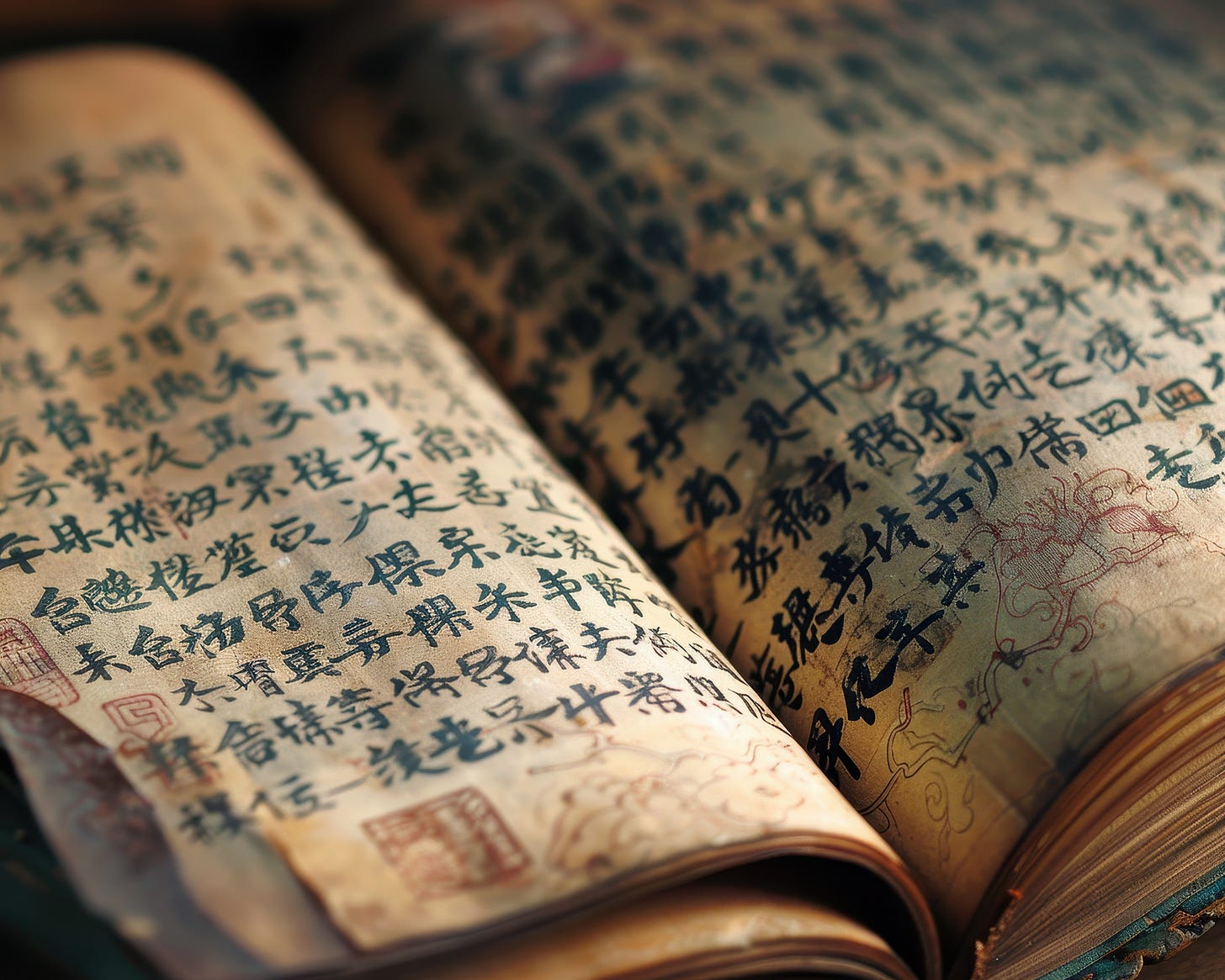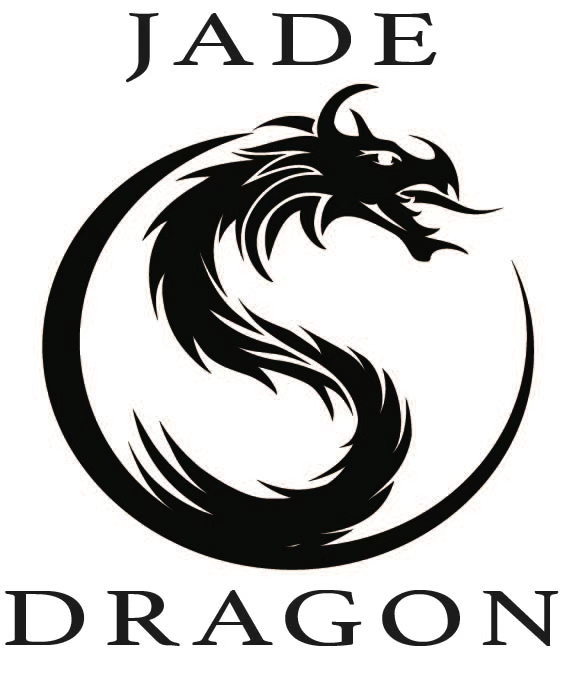Dao De Jing – Chapter 4: The Bottomless Cup of Dao
The Dao is a bottomless cup. It cannot be filled, and it cannot be emptied. In this way, it is both inexhaustible and ever-yielding. Laozi opens the fourth chapter of the Dao De Jing with this striking metaphor: “Dao is a bottomless cup that need not be filled.” At once poetic and perplexing, this image invites us to encounter the Dao not as a substance to be possessed, but as a principle of infinite capacity. It is like an endlessly flowing vessel—overflowing with potential, but never consumed.
This chapter explores the Dao’s subtle and mysterious essence—how it underlies all things, how it works in silence, and how it precedes even the highest of rulers. The Dao is not a deity, but it is divine in the sense that it transcends the created world. It gives rise to the “ten thousand things,” the classical phrase for the infinite diversity of phenomena in the universe, and yet it defies categorization. It "blunts sharpness, loosens tangles, softens brightness, and settles into dust." In other words, it gently neutralizes extremes, diffuses conflict, and reduces brilliance to something humble and useful.
Infinite Usefulness through Emptiness
The word used for “bottomless cup” is 沖 (chōng), which historically referred to a wine vessel with no bottom—something you could pour and pour into, yet it never fills. This is not just a metaphor for mystery; it is a profound lesson about how emptiness generates usefulness. The Dao, in its emptiness, does not lack anything. Rather, its emptiness is what allows it to serve all things. Like a pipe or a vessel, its usefulness lies in its capacity to contain, to pass through, to be without obstruction.
In Chapter 11, Laozi echoes this concept more directly: “It is the empty space within the hub that makes the wheel useful.” Here in Chapter 4, the emptiness of Dao is not just a design feature—it is its very nature. And this nature is not passive, but gently transformative.
The Root of All Things
The Dao is described as “profound and deep,” the root of the ten thousand things. The original Chinese term used here, 淵 (yuān), can also mean “an abyss.” It is an evocative word, suggesting something unfathomable, mysterious, and dark—not in a negative sense, but in a fertile, womb-like way. Just as a seed is buried in darkness before it sprouts, the Dao is hidden yet foundational. It is the dark soil from which all life arises.
To say that Dao is the “root” of all things is not to imply a linear origin. Rather, it points to a continuous generative presence. The Dao does not merely start things off—it sustains them. It is ever-present, yet invisible. We see its work in the world, but we cannot grasp it directly.
Softening the Edges
The next lines of the chapter describe how Dao “blunts sharpness, loosens tangles, softens brightness, and makes us as dust.” These actions describe a quiet, harmonizing force that takes the edge off of things—literally and figuratively. It resists extremes, dissolves rigidities, and lowers excess.
From a philosophical perspective, this speaks to the Daoist ideal of non-contention. The sage does not seek to sharpen their intellect to a cutting point, nor to shine so brightly that others are blinded. They blend in, remain soft, and refuse to harden into one form or identity. In doing so, they return to something closer to nature.
The phrase “makes us as dust” (同其塵, tóng qí chén) is particularly powerful. Dust is ordinary, humble, and easily overlooked. And yet it is everywhere. Dust is made of everything and settles on everything. To be like dust is to be free of ego, to be unassuming, and to go wherever the wind takes us.
Mystery Beyond Comprehension
“Deep and profound—it barely exists.” This line expresses the paradox of Dao’s presence: it is both real and nearly imperceptible. We cannot point to it, define it, or hold it in our hands. It is the force behind the scenes, the silence between the notes, the stillness behind the action.
The original Chinese line, 湛兮,似或存 (zhàn xī, sì huò cún), literally means something like “Clear! As if it may exist.” That phrase “as if” (似) occurs multiple times in the Dao De Jing, often to express uncertainty not because Laozi is unsure, but because language cannot pin down the Dao. It is “as if” it exists—because once we name it, we have already missed it.
The Dao's subtlety is a deliberate contrast to human ambition, which seeks to define, grasp, and control. The sage, in contrast, lets go of such desires and learns to dwell in the ambiguity.
Older Than the Kings
“I don’t know whose child it is. It appeared before the great kings.”
In this poetic conclusion, Laozi confesses ignorance not as a weakness, but as wisdom. The Dao is so ancient and primordial that it predates even the mythic emperors. The original line 象帝之先 (xiàng dì zhī xiān) literally means “before the image of the Supreme One”—referring not just to political rulers, but to cosmic archetypes of leadership and order.
Laozi is making a profound metaphysical point: even the highest ideals of human civilization are downstream of the Dao. It existed before law, before morality, before names. It is the unnamed source. Therefore, to try to “own” or “control” the Dao is foolish. It is not ours. We belong to it—not the other way around.
Reflections for Modern Life
So how do we live with this teaching? In a world obsessed with accumulation, brightness, and sharpness, Chapter 4 invites us to consider the value of emptiness, humility, and softness. We are told to be like dust—not in defeat, but in grace. To soften our edges is not to lose strength, but to gain flexibility. To be empty is not to be void, but to be open to the flow of life.
This chapter reminds us that the most powerful things are not always loud or seen. The Dao moves quietly, like breath, like water, like time. The wise learn to trust that invisible movement, surrendering the need to be the source and learning instead to become a vessel.
Let your life be like that bottomless cup—quiet, receptive, and always ready to be of use.
Discover your inner vitality with Red Dragon Qigong, a transformative course designed to harmonize body, vital energy, and mind. Rooted in the ancient wisdom of Traditional Chinese Medicine and Daoist philosophy, and enhanced with modern scientific insights, this course guides you through powerful Qigong practices that boost energy, reduce stress, and improve overall health. Whether you're a beginner or experienced practitioner, you'll learn techniques that cultivate balance and resilience, empowering you to thrive in daily life.
Join thousands of students on this journey of self-discovery and transformation. Enroll now and experience the power of Red Dragon Qigong!
👉 Visit CLICK HERE to get 50% off and start your practice today!



